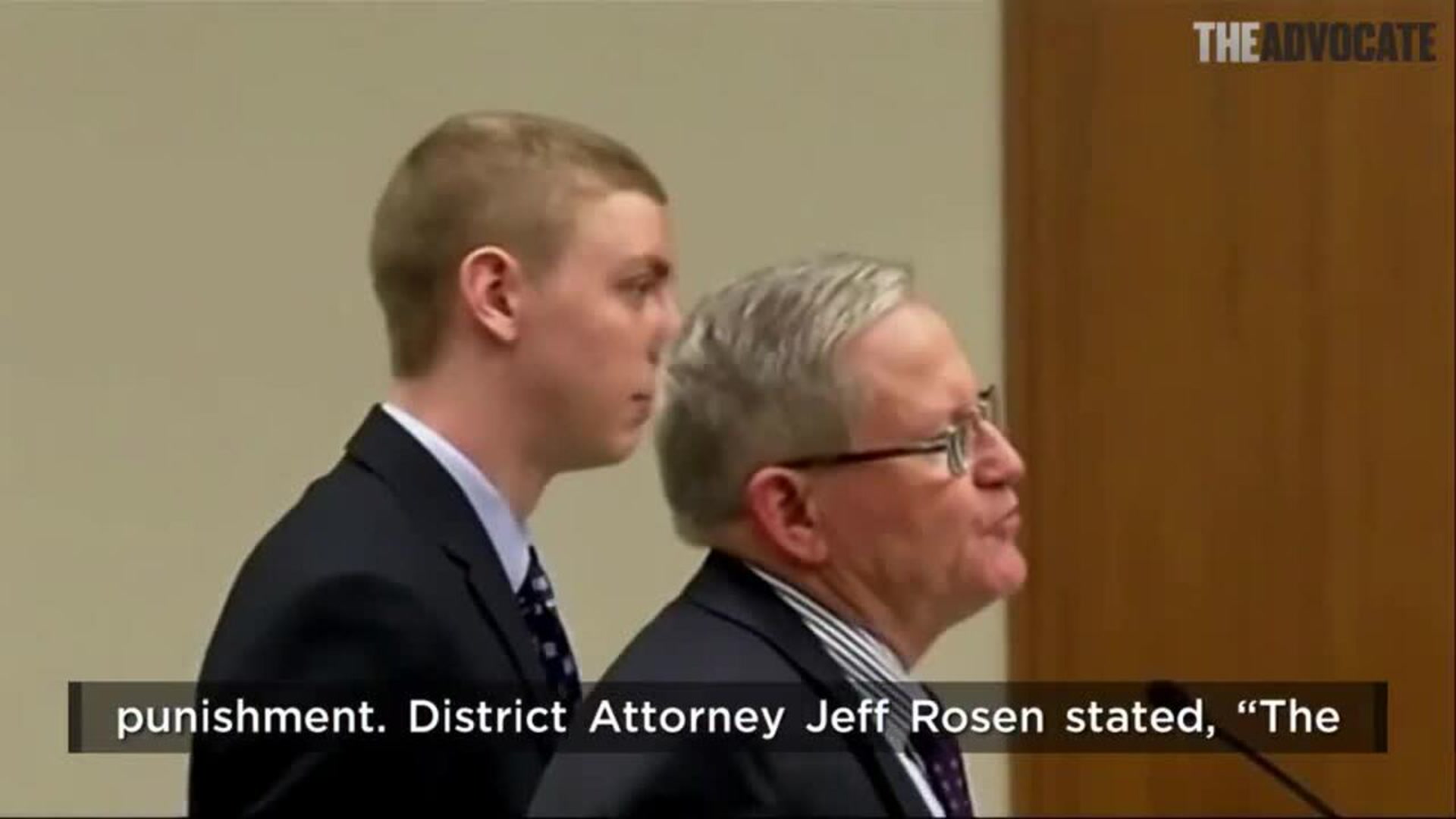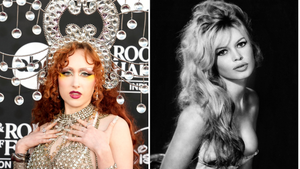The internet is still reeling in response to the six-month jail sentence handed down Thursday to former Stanford University student Brock Turner after he was found guilty of three rape-related felonies stemming from his January assault of an unconscious woman.
On Monday afternoon, the world got its first look at Brock Turner's booking photo -- a mug shot released by the Santa Clara County Sheriff's Department, taken when the 20-year-old was remanded to state custody following his sentencing on Thursday.
Just hours later, The Advocate obtained a booking photo from the Stanford University Department of Public Safety, taken the night that Turner sexually assaulted his victim. The image, dated January 18, 2015, shows Turner with longer hair than seen in his recent photographs, and reddened eyes.
Several news outlets had reportedly requested this initial mug shot from the campus security department that responded to the initial report, but allegedly there was some confusion about who could release such photos.
As a result, reports up until today about Turner's crime have been accompanied by clean-cut images of the former student athlete, apparently lifted from his official photo on the Stanford University website. Some coverage has included news photographs of Turner as he appeared in court.
But the fact that Turner's mug shot wasn't released until after his conviction stands in stark contrast to how most convicted criminals -- even suspects -- are treated by law enforcement agencies and the media outlets that cover them.
In the wake of an emotional and raw letter his victim read in open court going viral, along with a letter from Turner's father, bemoaning that his son's life had been "ruined" for "20 minutes of action," activists have been quick to note a double standard that treats wealthy white suspects with much more humanity and respect for privacy than is afforted to poor suspects who are people of color.
Out Black Lives Matter organizer Deray McKesson hit the nail on the head:
Similarly, Vox reported on a series of tweets calling out the The Washington Post's tender coverage of Turner's crime, compared to other rape coverage from the site. Notably, the Post's coverage tended to feature standard mug shots when the suspects accused of rape were people of color.
This isn't a problem limited to national newsrooms, though. An Iowa paper last year came under fire for using yearbook photos for white crime suspects and booking photos for black suspects.
Numerous studies have identified that biases in media reporting tend to depict white, upper-class criminals differently than black, Latino, or low-income criminals.
And images matter. In 2014, Mother Jones reported on a study from Stanford University that found that white people, specifically, favored harsher sentences for black criminals after being shown images of black people in jail. The study's conclusion surmised that teaching white people about the disproportionate number of people of color in the criminal justice system actually made those white people more likely to favor severe punishment.
If seeing images of people of color behind bars can sway a white person's opinion about how strict a sentence should be, imagine what being inundated with images of a youthful, smiling, wholesome white face could do when sentencing a rapist.





































































Charlie Kirk DID say stoning gay people was the 'perfect law' — and these other heinous quotes